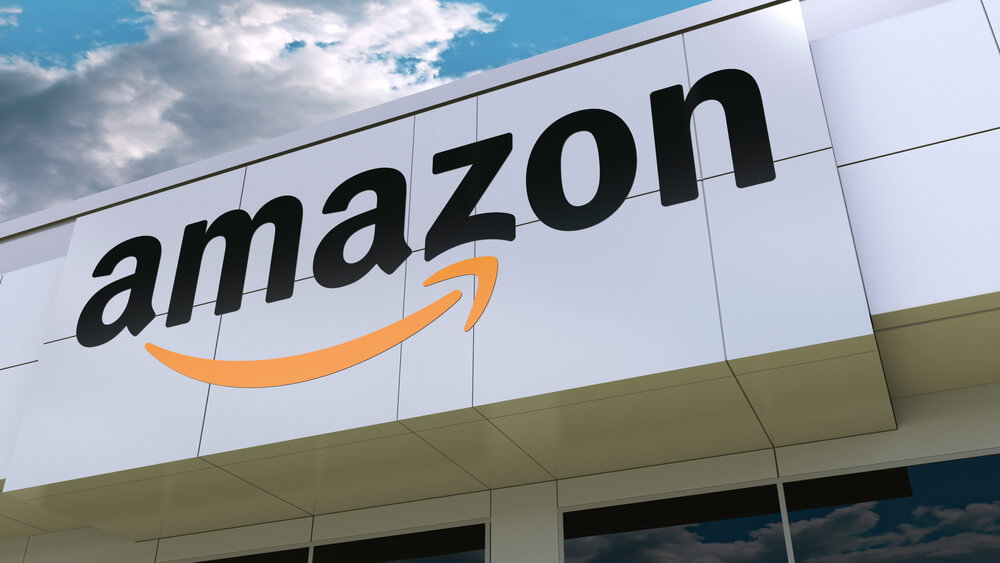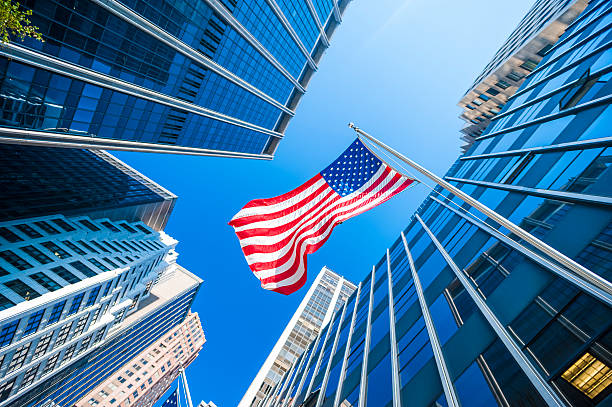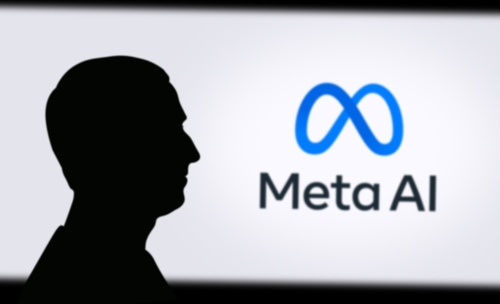BREAKINGVIEWS-Figma IPO sketches case for direct listings

By Jeffrey Goldfarb
NEW YORK, Aug 1 (Reuters Breakingviews) - Precious few of Silicon Valley’s self-professed renegades are ready to rebel against Wall Street. The madcap market debut of design-software developer Figma FIG.N makes a case they should. An abundance of capital is already keeping companies private for longer, changing the rationale for going public. Doing so with the direct listing method, rather than a traditional initial public offering, would be more suitable.
Figma sparked a frenzy by selling shares for $33 apiece on Wednesday after twice increasing its planned price range. By Thursday’s end, they were trading for $115, giving the company a $56 billion valuation, nearly triple what rival Adobe was willing to pay for it in 2022. On Friday morning, the price hit $125.
This mania does little for Figma beyond raising its profile. Having generated more than $200 million of adjusted free cash in the year through March, the 13-year-old firm led by Dylan Field wasn’t seeking to raise much money and only sold about a third of the 37 million shares on offer. The rest came from earlier backers such as Index Ventures and Kleiner Perkins.
Less than 8% of Figma’s stock was available to investors who are, as ever, motivated by the fear of missing out on a fast-growing company. They ascribed a nonsensical valuation of 75 times last year’s revenue. The biggest beneficiaries: financial advisers, including Morgan Stanley and Goldman Sachs, that were paid generous fees to sell the shares, and their clients who received early allocations and an immediate return.
Direct listings are better tailored for situations like Figma’s. Used previously by Spotify Technology SPOT.N and Palantir Technologies PLTR.O, the process enables existing owners to sell straight onto an exchange with fewer restrictions. Market forces also determine the price instead of closed-door roadshows that cede such power to big fund managers and investment banks, whose incentives differ.
Although traditional IPOs make sense for many companies, well-capitalized brand-name ventures like financial plumbing provider Stripe are a growing breed. There are more than 1,200 firms worldwide with private valuations of at least $1 billion, according to research outfit CB Insights. Such unicorns increasingly go public so investors can cash out rather than to fund growth. And although the sample size is small, a dozen direct listings have generated a 42% five-year return on average compared to just 9% from thousands of IPOs spanning 1999 to 2021, per University of Florida finance professor Jay Ritter. Figma’s buzz will inspire other founders to go public, but they would do well to be more creative.
Follow Jeffrey Goldfarb on X and Linkedin.
CONTEXT NEWS
Figma shares surged 250% in their stock-market debut on July 31, giving the design-software developer a $56 billion market value, nearly triple the amount rival Adobe agreed to pay for it in 2022 before regulators blocked the deal.
The company and some of its earlier backers sold about 37 million shares for $33 apiece, higher than the initial price range of between $25 and $28. The stock closed at $115.50.
Morgan Stanley, Goldman Sachs, Allen & Co. and JPMorgan led the initial public offering.





.jpg)
